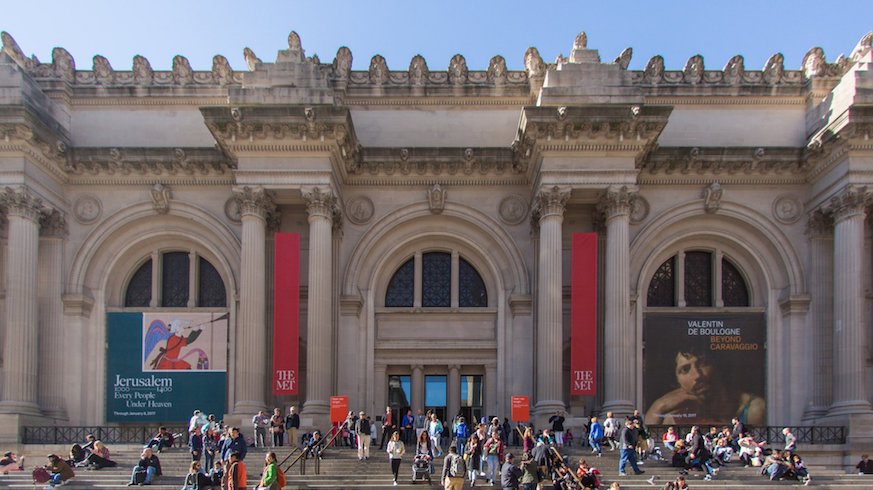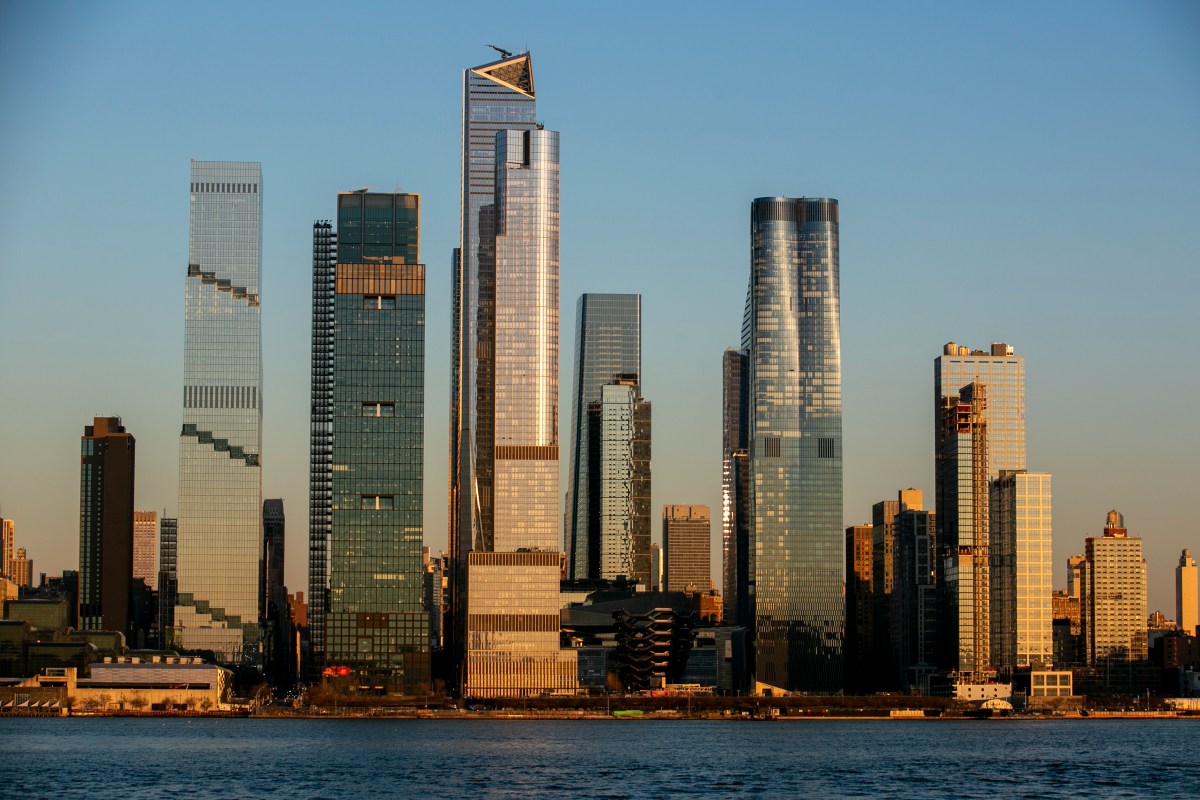New York City’s most popular museum The Met will charge its longtime pay-what-you-wish admission policy for some visitors.
Beginning March 1, visitors from outside New York state will have to pay the full $25 admission price to get into any of the three Metropolitan Museum of Art locations. That includes its main Museum Mile building, the modern art-focused Met Breuer and the medieval Met Cloisters in Washington Heights.
New York residents can still pay what they wish, as the museum is located on state-owned land. Admission for children under age 12 remains free.
One bit of good news: That full-price ticket will be good for three days to allow visitors to see all three of the Met museums. The ticket will also continue to include all special exhibitions.
There are some exceptions for students and teachers. If you’re enrolled in a school in New York, New Jersey or Connecticut, you can still pay what you wish (or, probably more accurately, what you can). The regular student admission of $12 will apply to everyone else.
Teachers coming to the Met for curriculum-planning purposes will still be able to get a complimentary ticket.
The policy change ends the Met’s run as the last major museum in the world with a purely pay-as-you-wish admission policy.
“The world has changed dramatically in the almost 50 years since our admissions policy was last reviewed, and the way we budget and plan for the future needs to change as well,” the Met said in a statement. “What is clear is that our current pay-as-you-wish policy is no longer sufficient to meet the museum’s daily operational demands.”
The pay-what-you-wish policy has been in place since 1970, but the number of visitors paying the full suggested admission has fallen by 73 percent since 2004, according to the museum.
The Met estimates about 31 percent of its annual seven million visitors will be affected.
The change comes after years of the Met struggling with funding. According to a February 2017 story in New York Times that put its budget deficit at near $40 million.



















